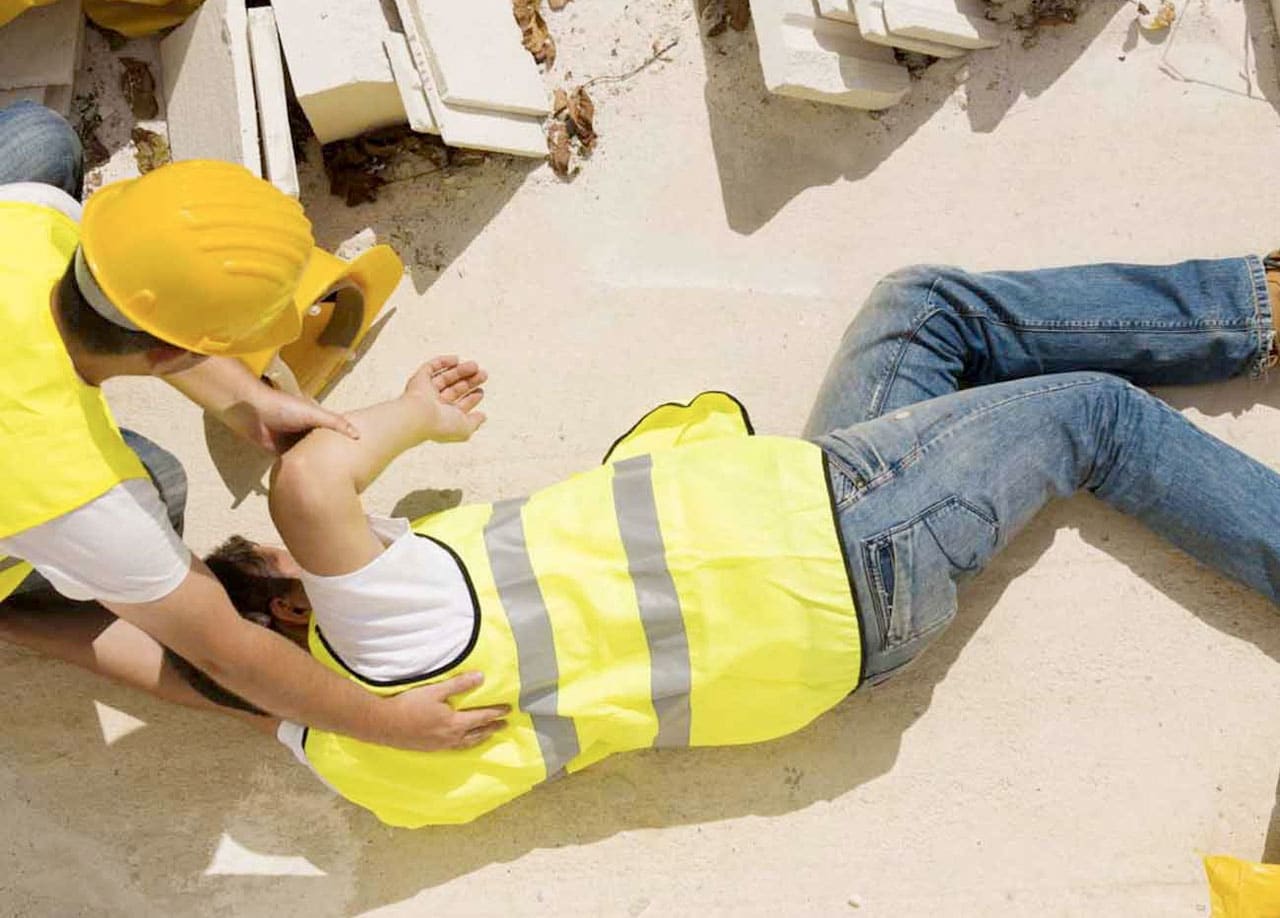By Noor Blumer, Director and Senior Solicitor
Injured in an accident on a building site? At Blumers we often deal with complex workplace injuries. The complexity is increased when a worker is injured on a building site. The question then is, who to sue? Let’s look at a case study.
- Joel works for Mr Painting, who runs a small business that undertakes painting work.
- Big Brushes Pty Ltd is a larger painting company.
- Builders Pty Ltd is the principal contractor building a new apartment block.
- Builders Pty Ltd has contracted Big Brushes Pty Ltd to undertake the interior painting work at the building site.
- Builders Pty Ltd doesn’t have enough workers for the size of the job so subcontracts Mr Painting to provide some of the labour for the job.
- Mr Painting and Joel work side-by-side on the building site but also work alongside workers from Big Brushes Pty Ltd, and generally work under their supervision.
- Employees of Big Brushes Pty Ltd frequently leave the work site in an untidy state.
- Somebody has left a large tin of paint concealed by a dust sheet in the doorway between two rooms in one of the apartments.
- When leaving that evening, Joel trips and falls over the concealed can of paint and breaks his right arm.
So, who is at fault?
Mr Painting has a duty to ensure Joel has a safe work environment. He has been there and seen the state of the place and not done anything about improving the safety of the work site. He is at least partially liable.
Big Brushes Pty Ltd is responsible for the area in which Joel is working. The untidy condition of the workplace is most likely caused by the negligence of employees of Big Brushes Pty Ltd.
Builders Pty Ltd has overall responsibility to provide a safe work site for workers. In failing to supervise and inspect the work place, they have failed to identify that it was untidy and failed to ensure it was made safe before work continued on the site.
In a case like this, Blumers will generally sue all three. The court can then work out the degree to which each business is responsible for what happened to Joel. Most matters are settled before they go to hearing. In that, the lawyers for the liable parties will generally try and agree on the percentage each of them is liable for what happened to Joel.
The apportionment of responsibility may end up looking like this:-
- Mr Painter – 25%
- Big brushes Pty Ltd – 50%
- Builders Pty Ltd – 25%.
If Joel’s claim is successful, the insurers for the various businesses will contribute to the cost of the claim in those proportions.
Simple? Sometimes.

